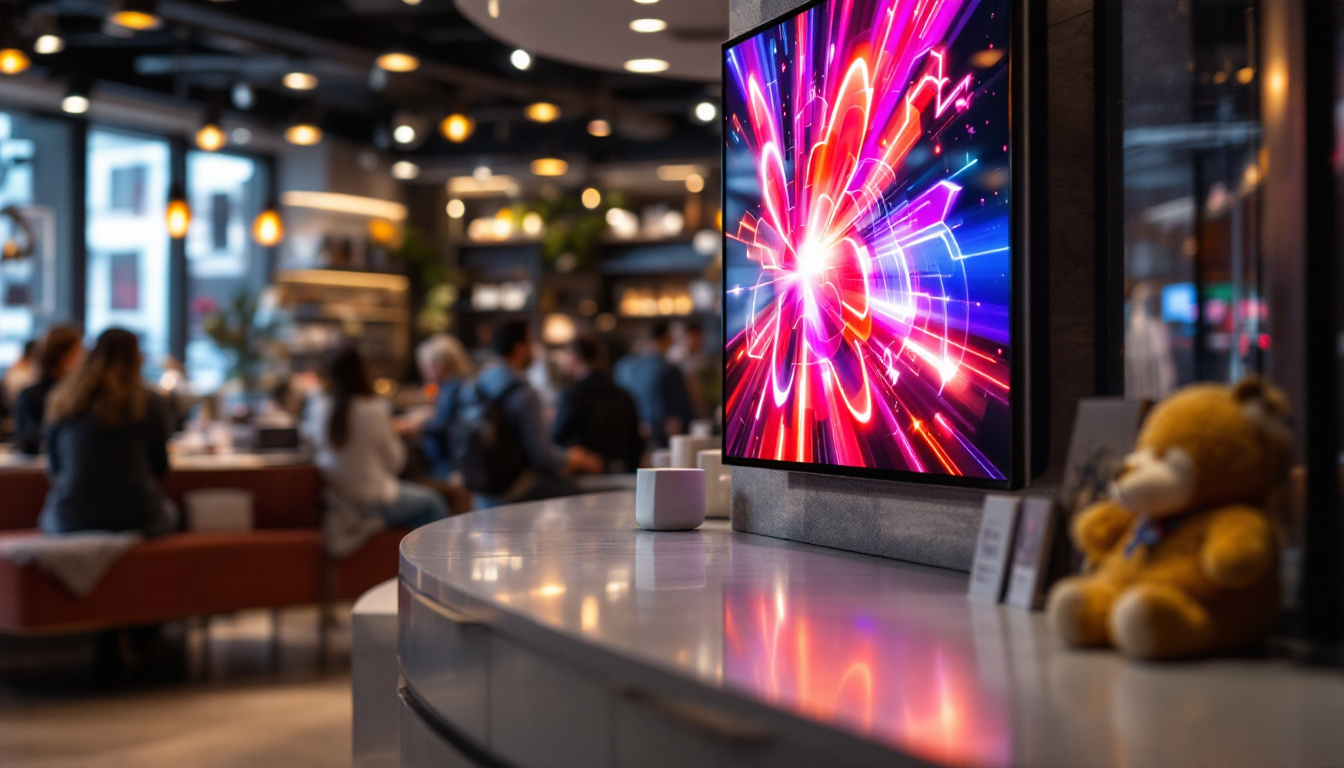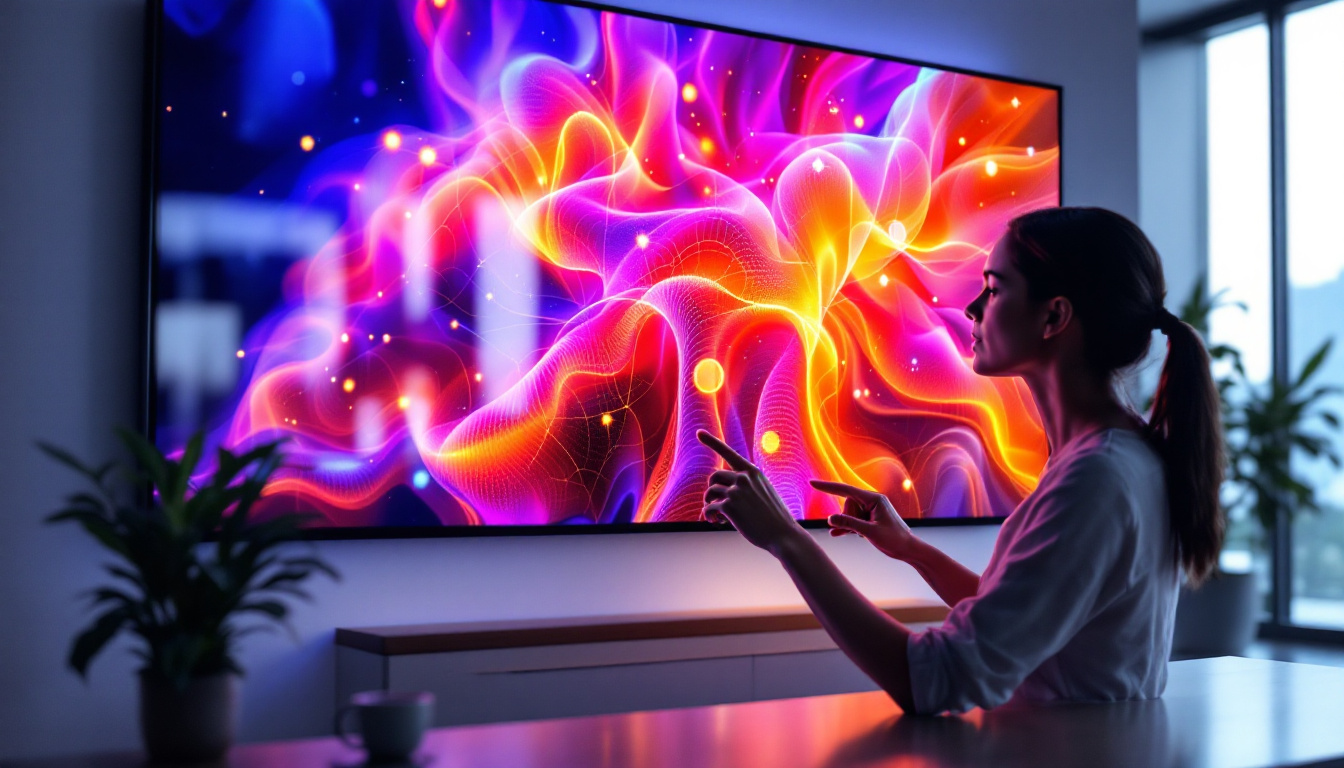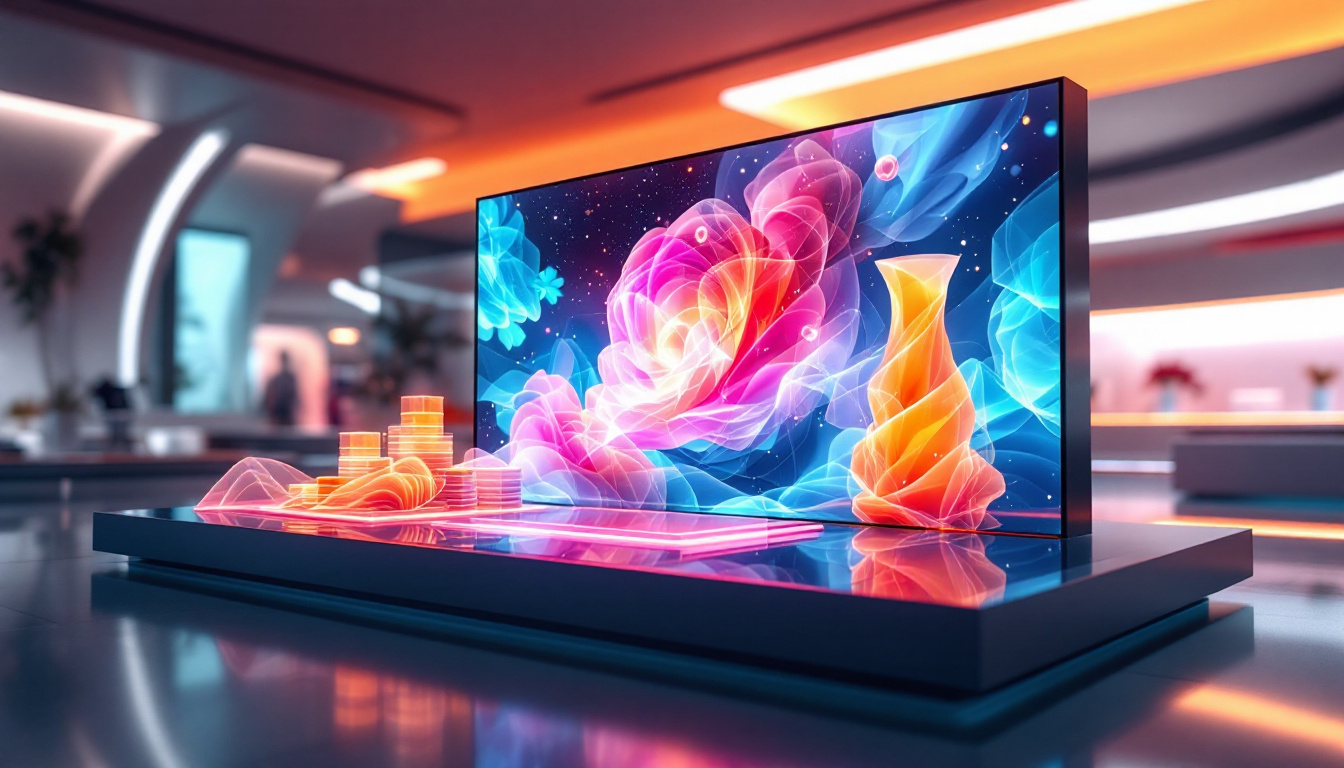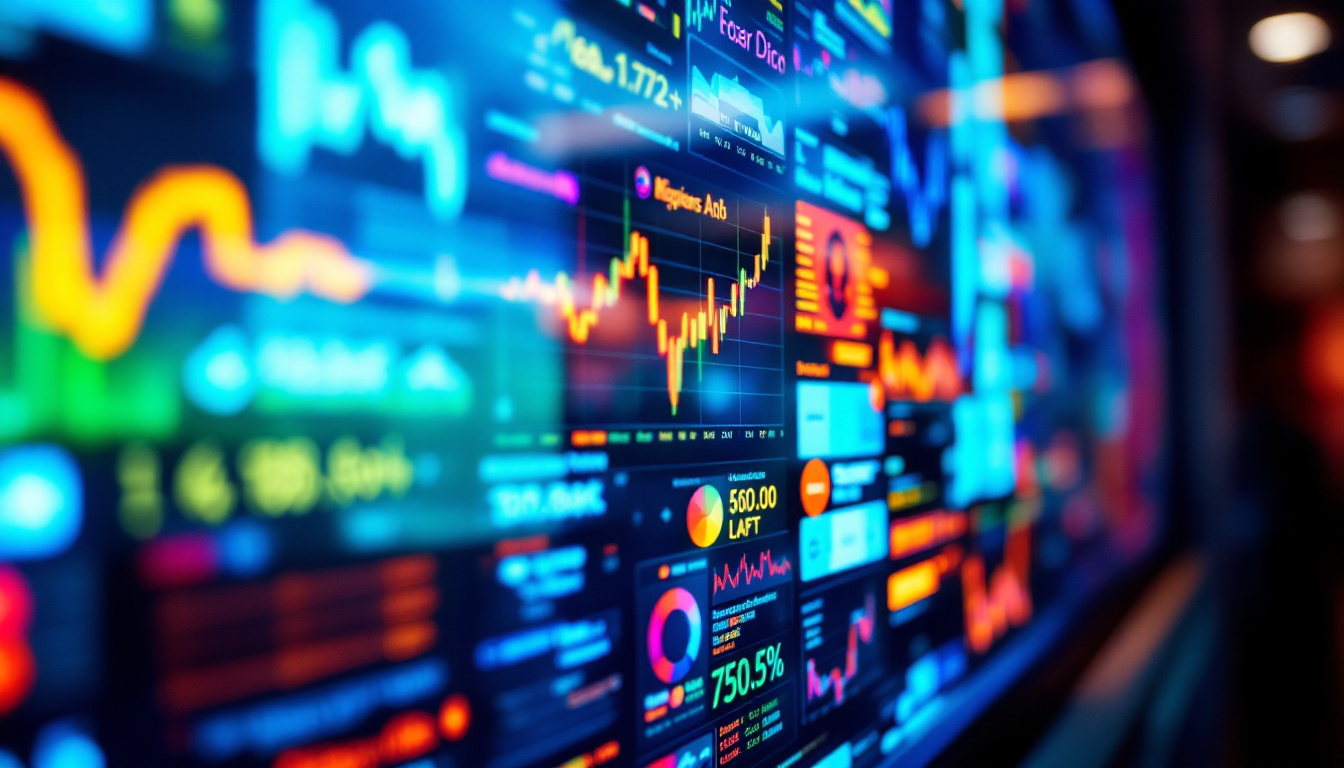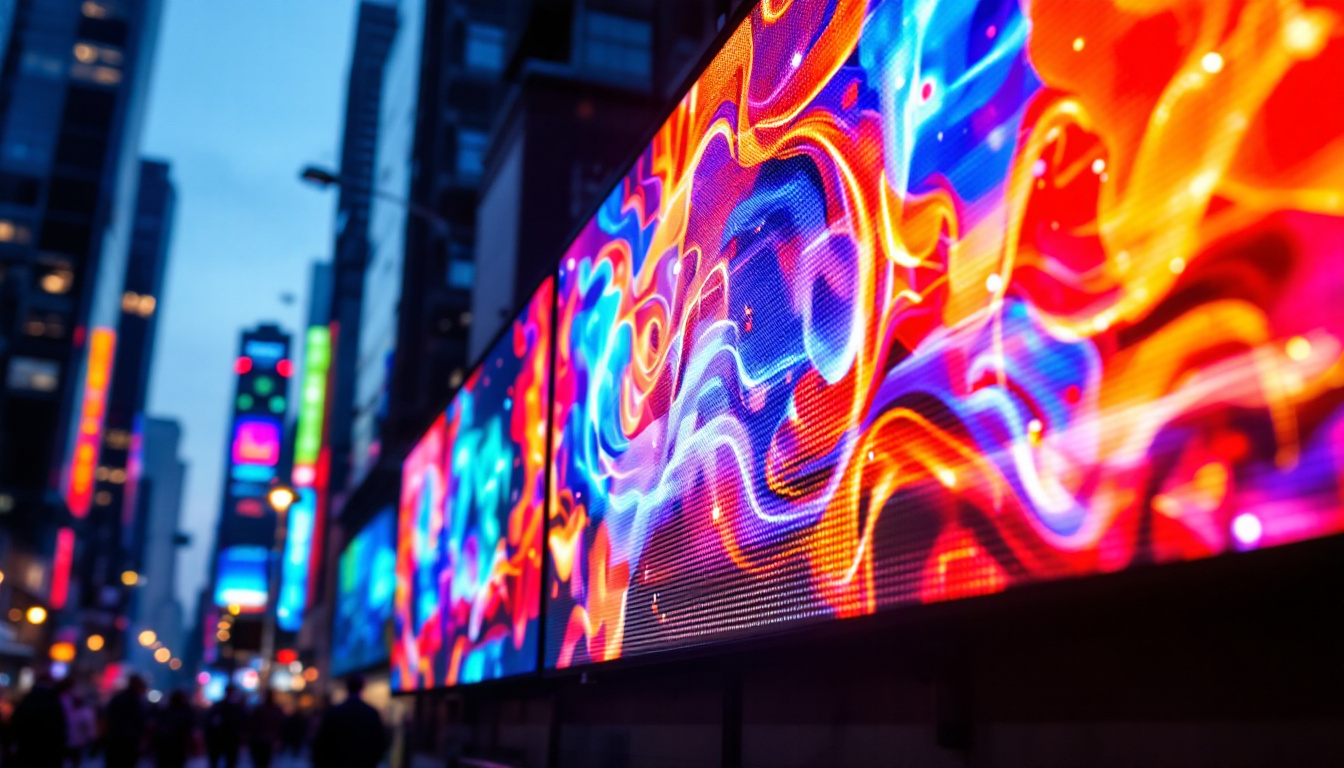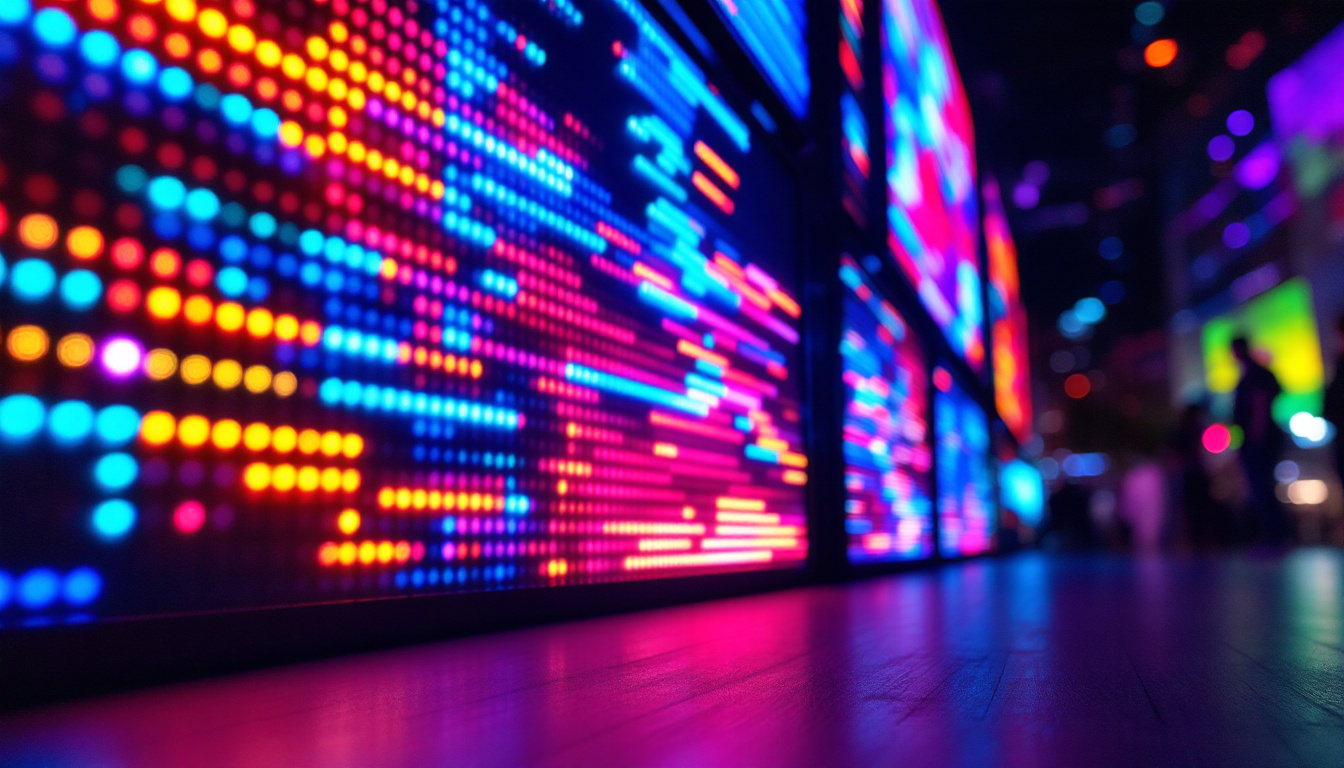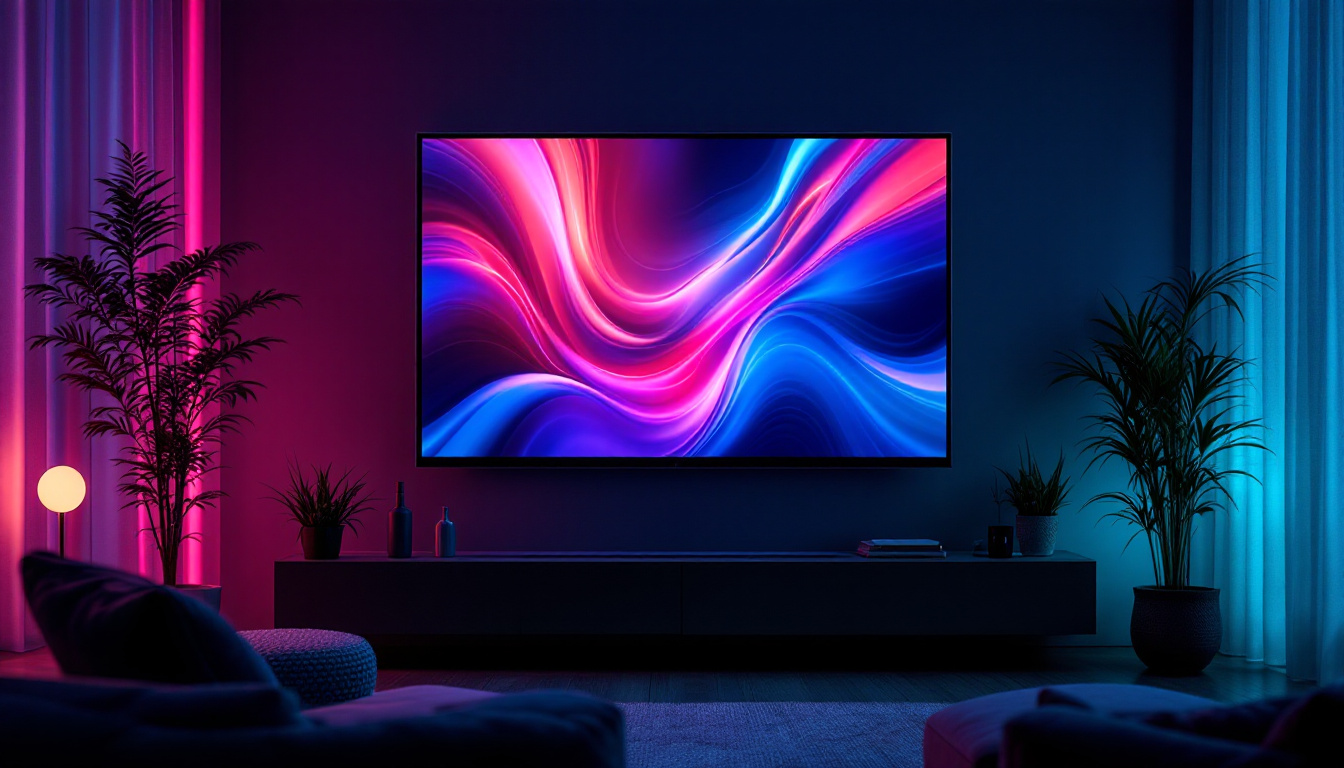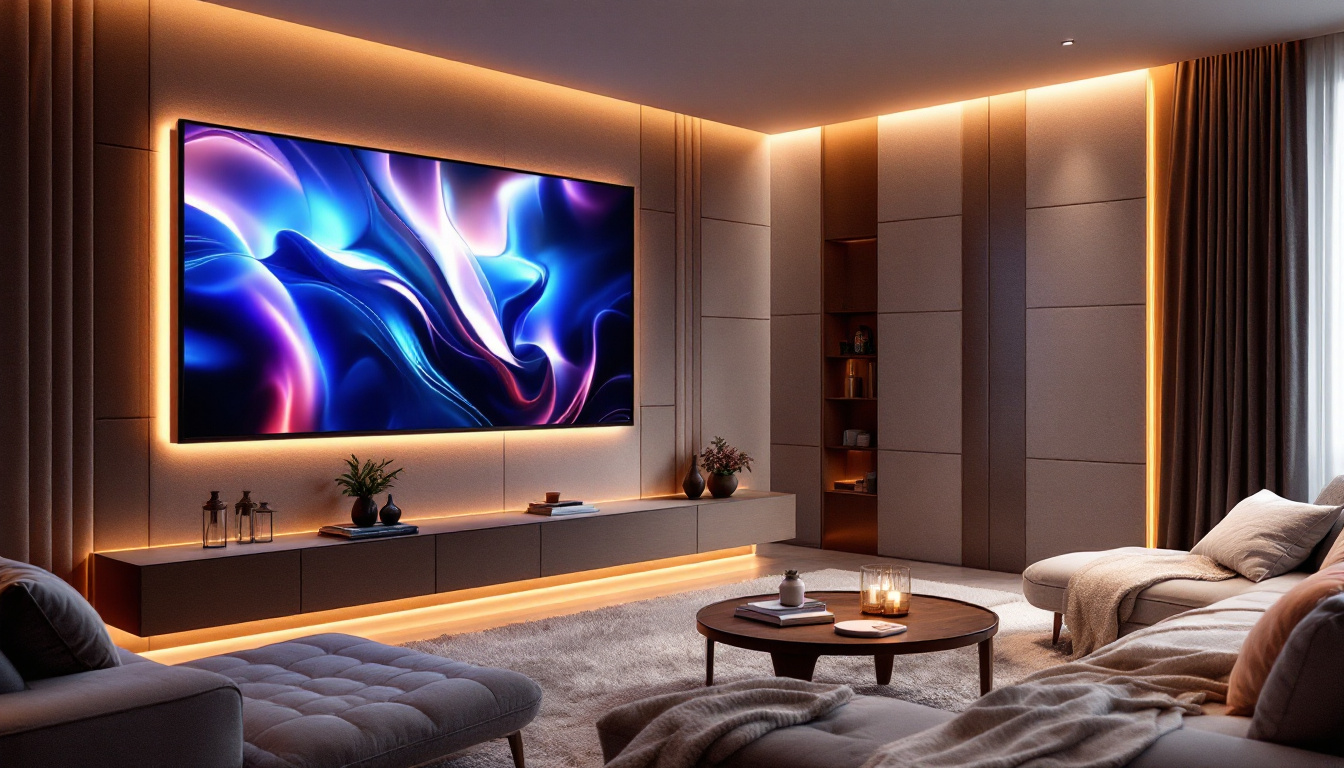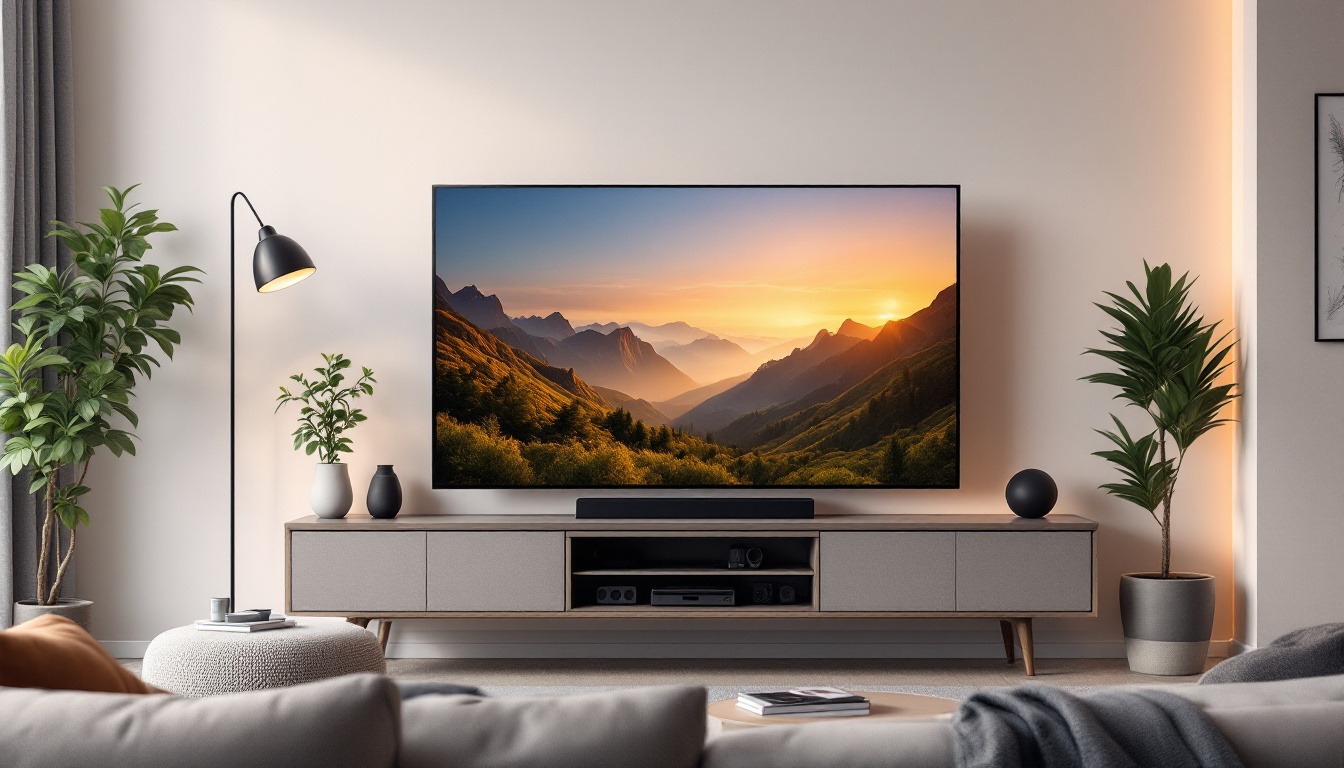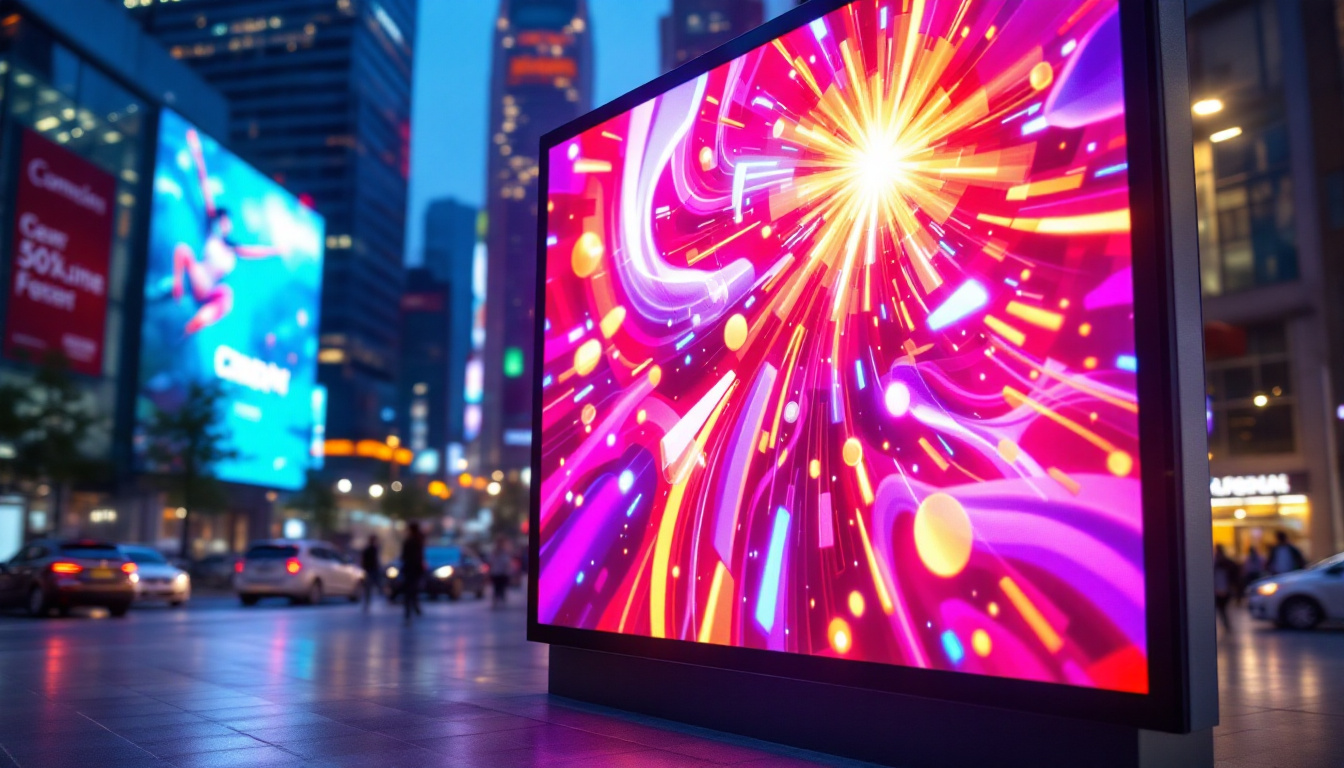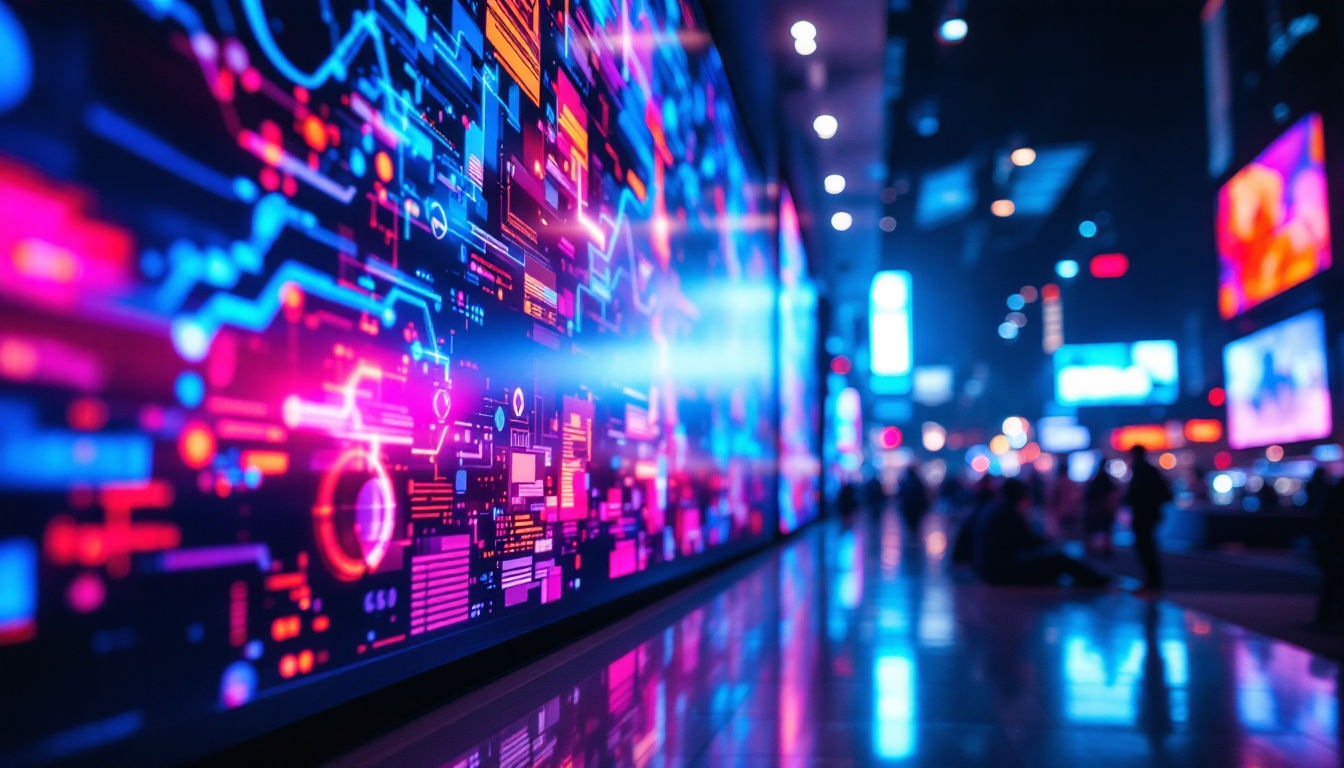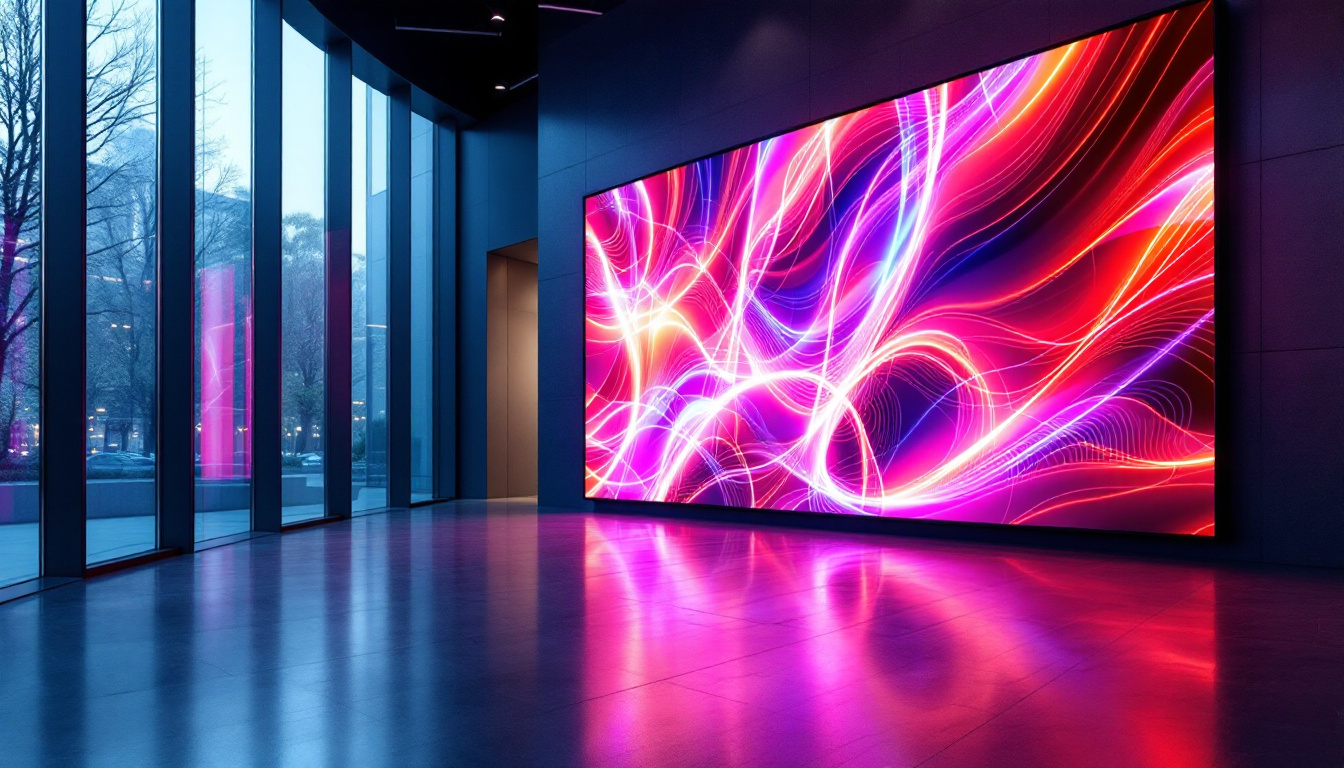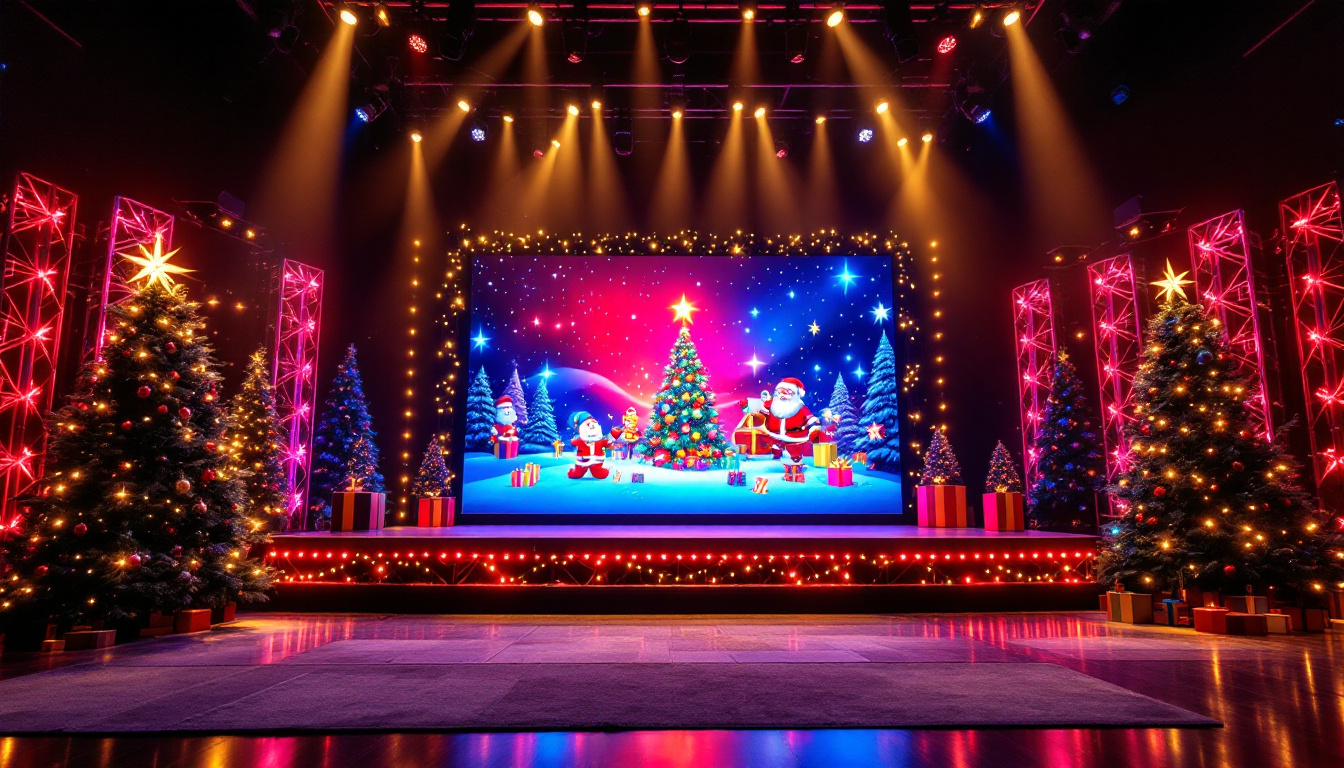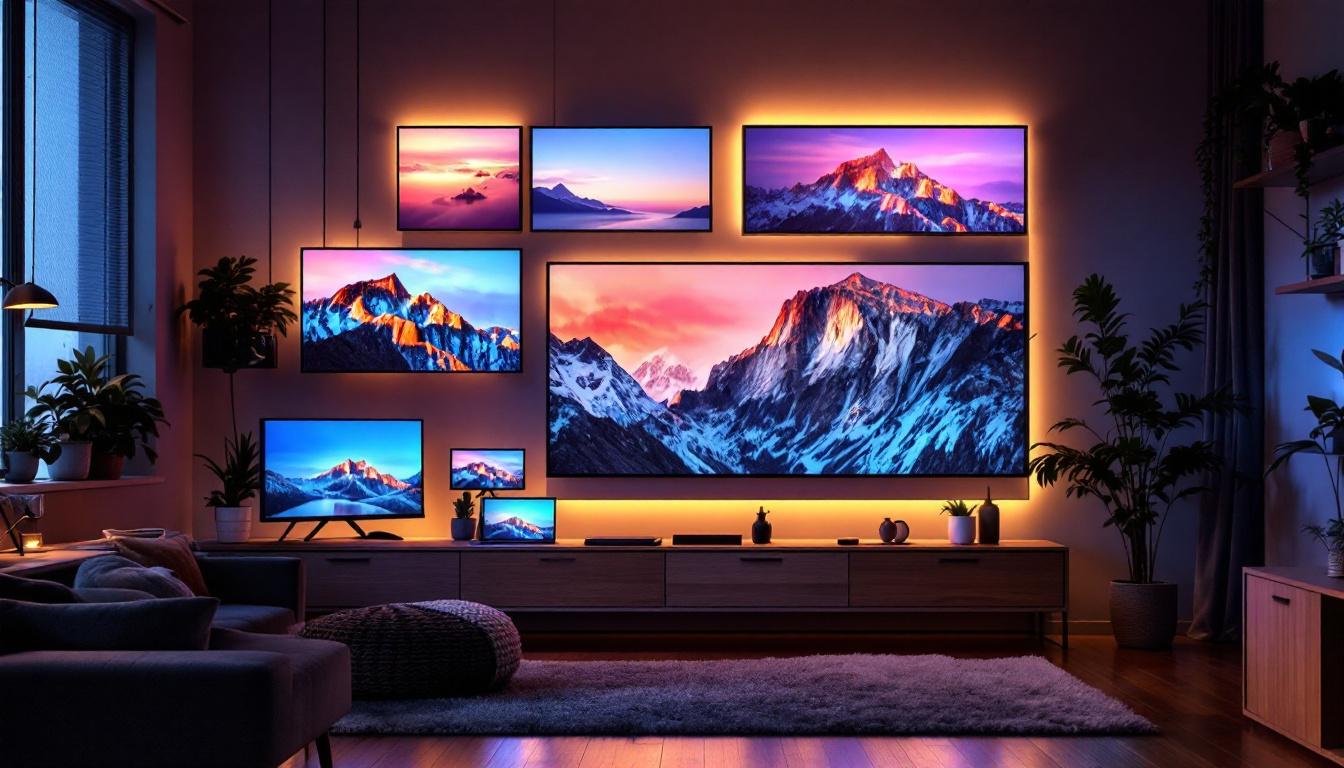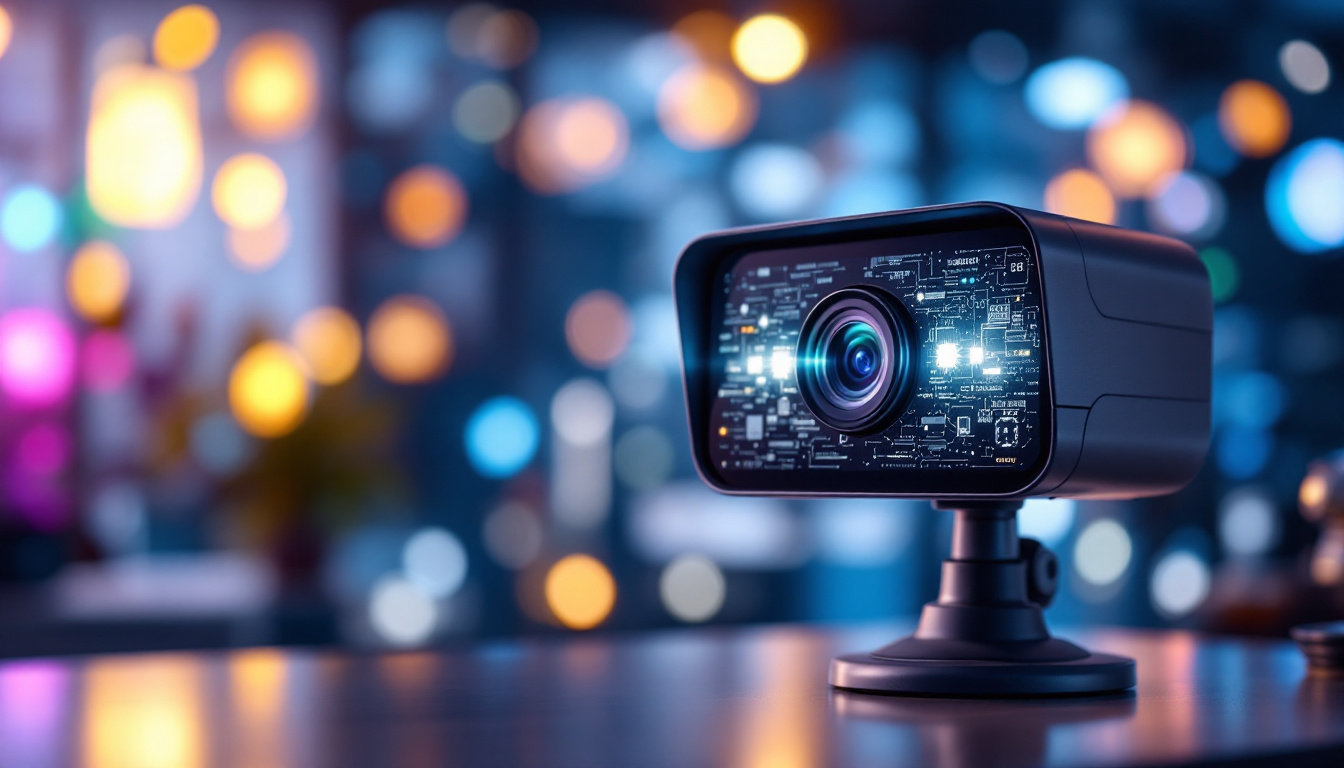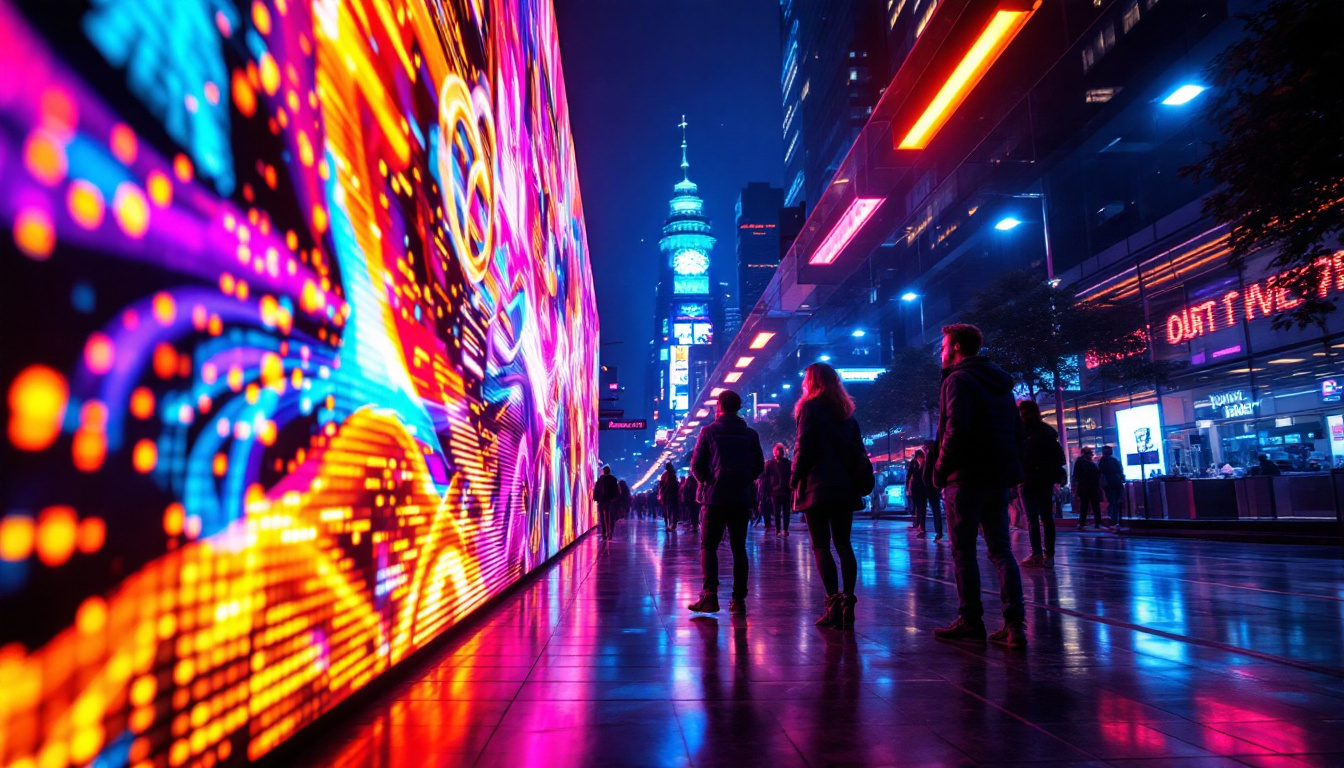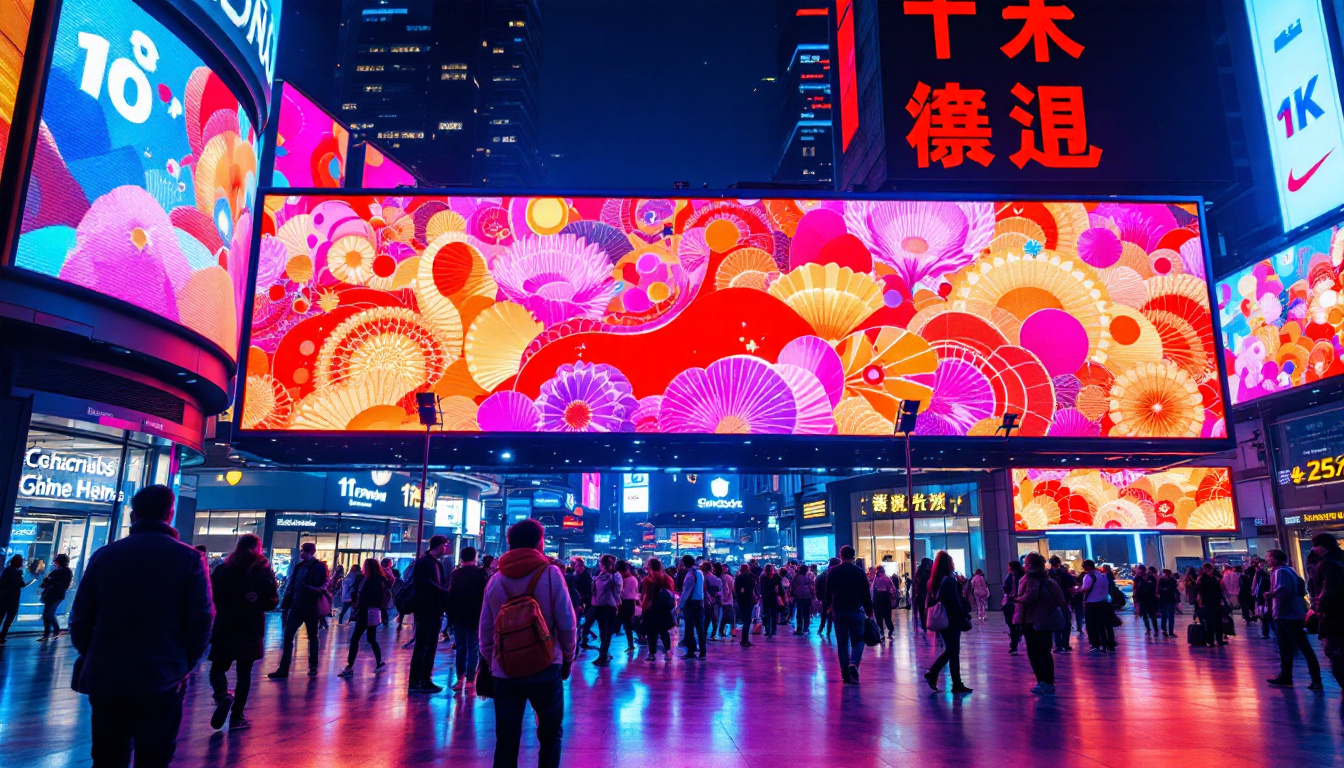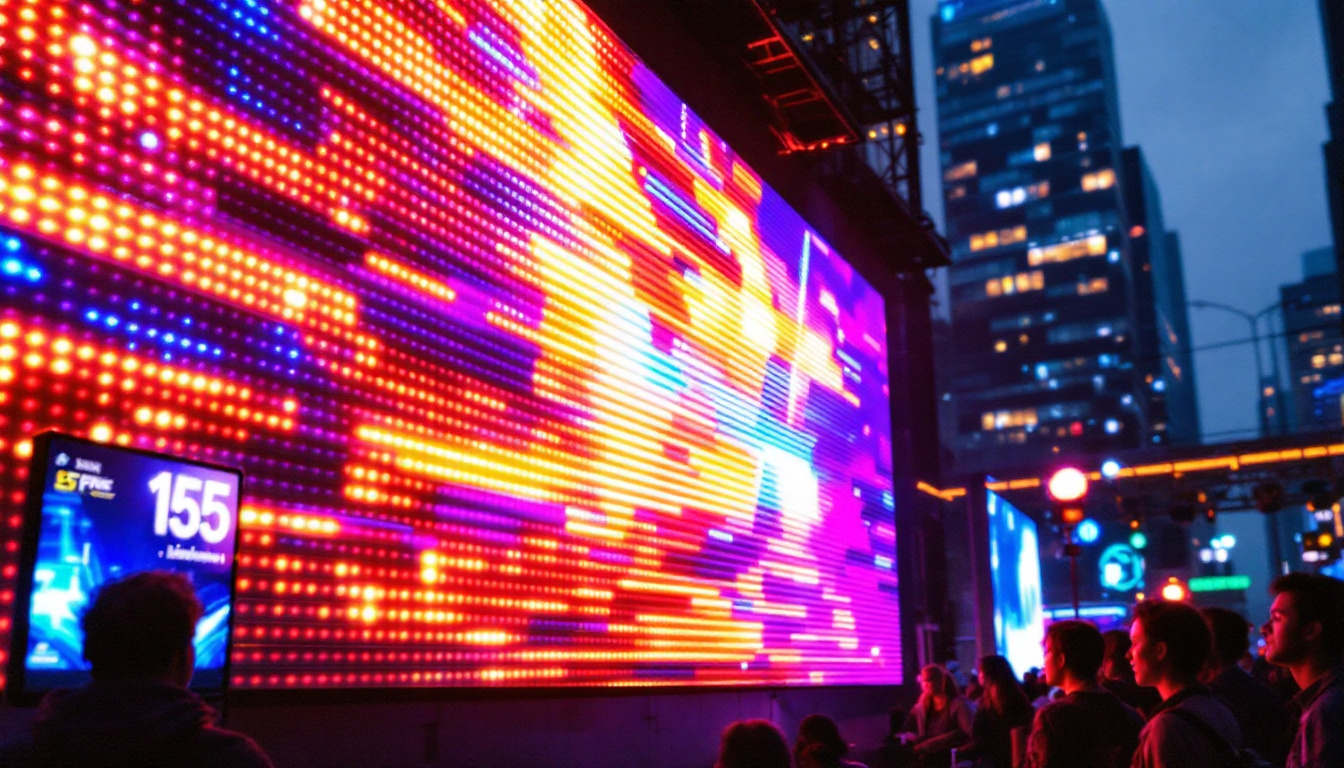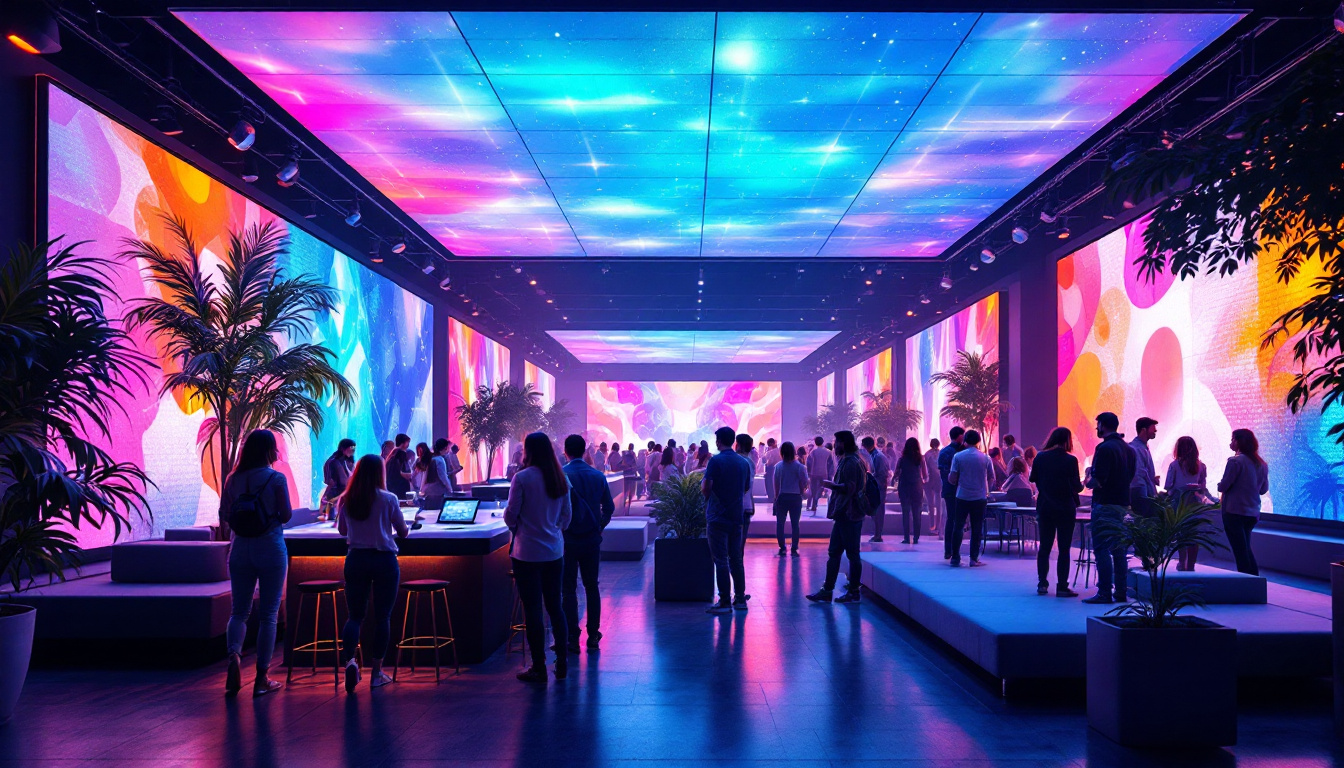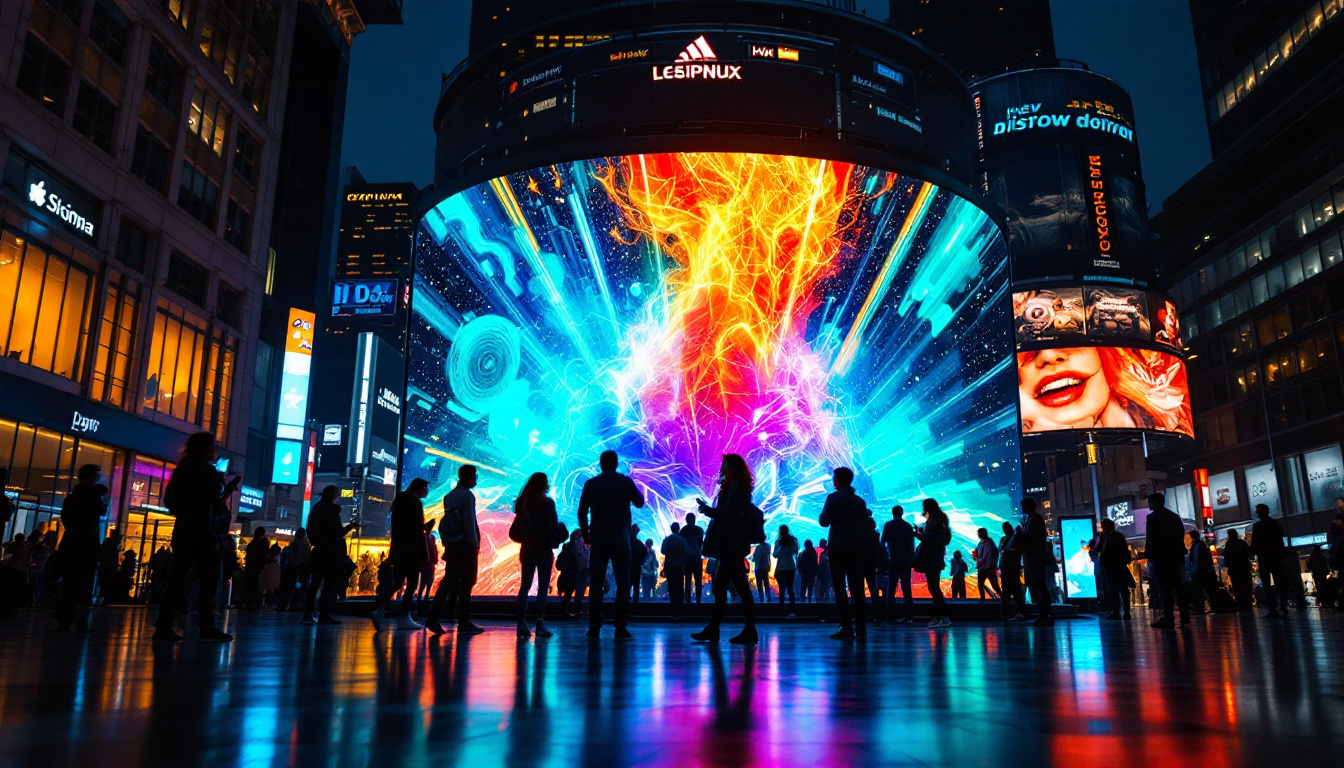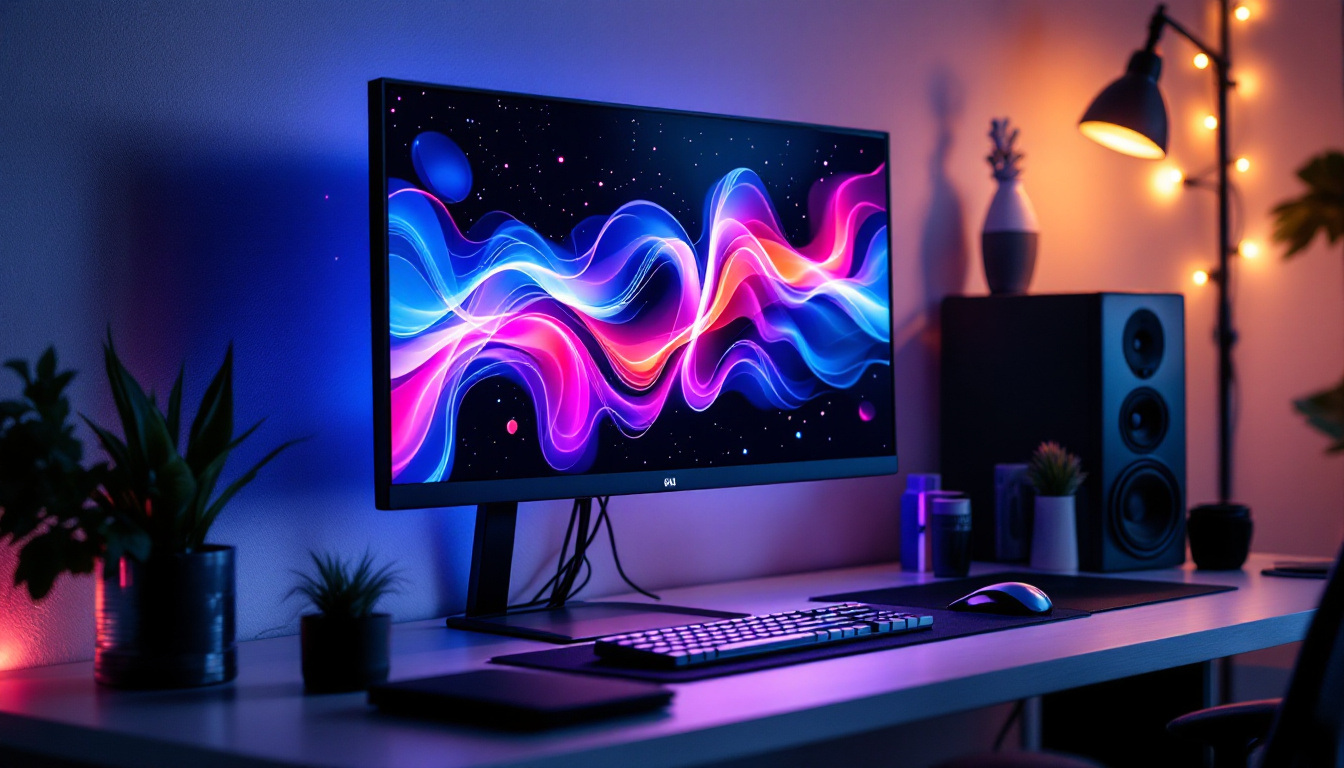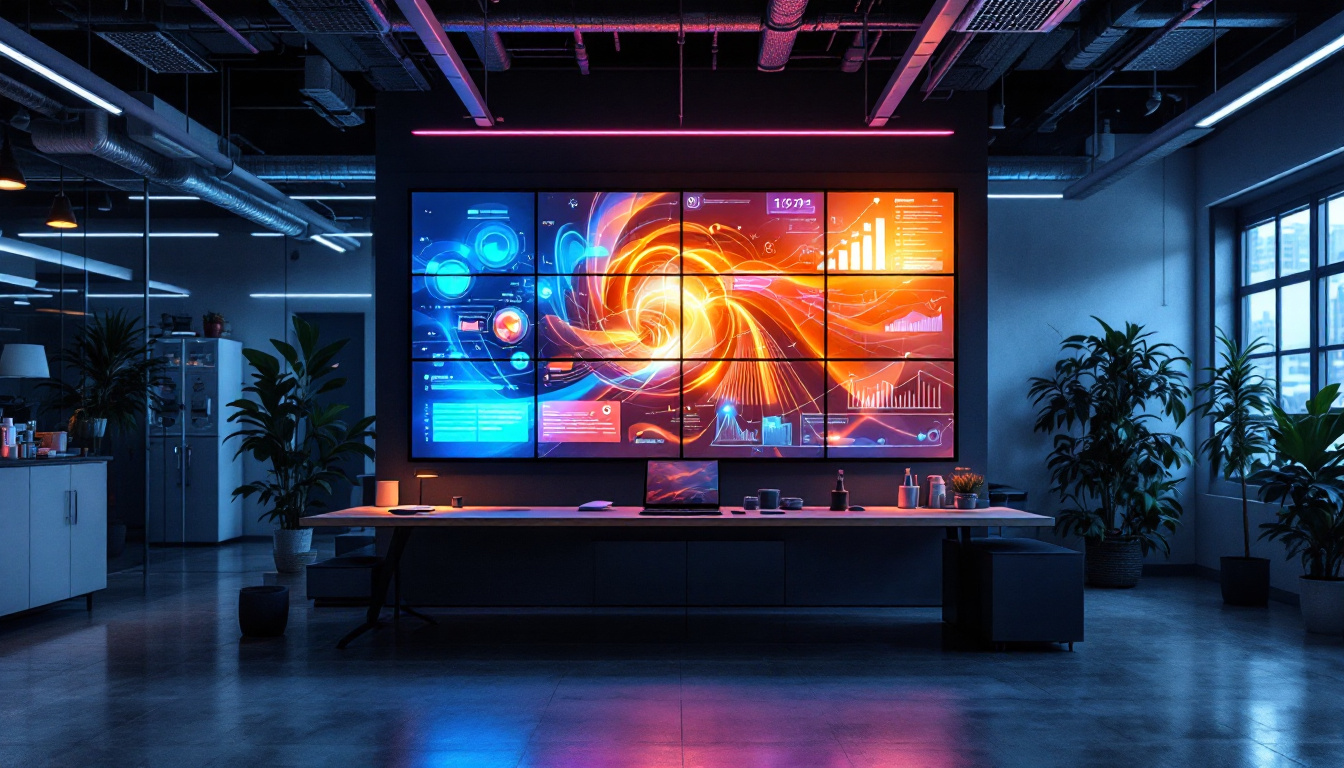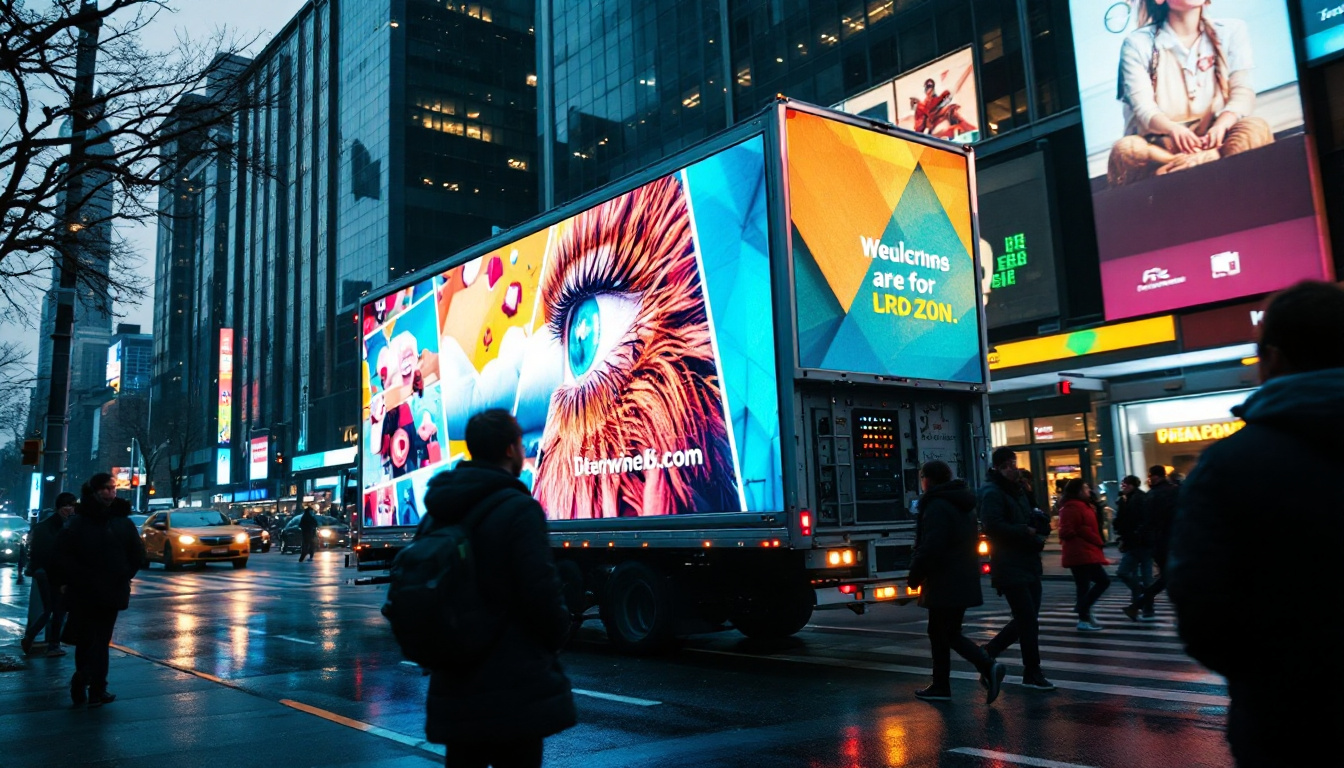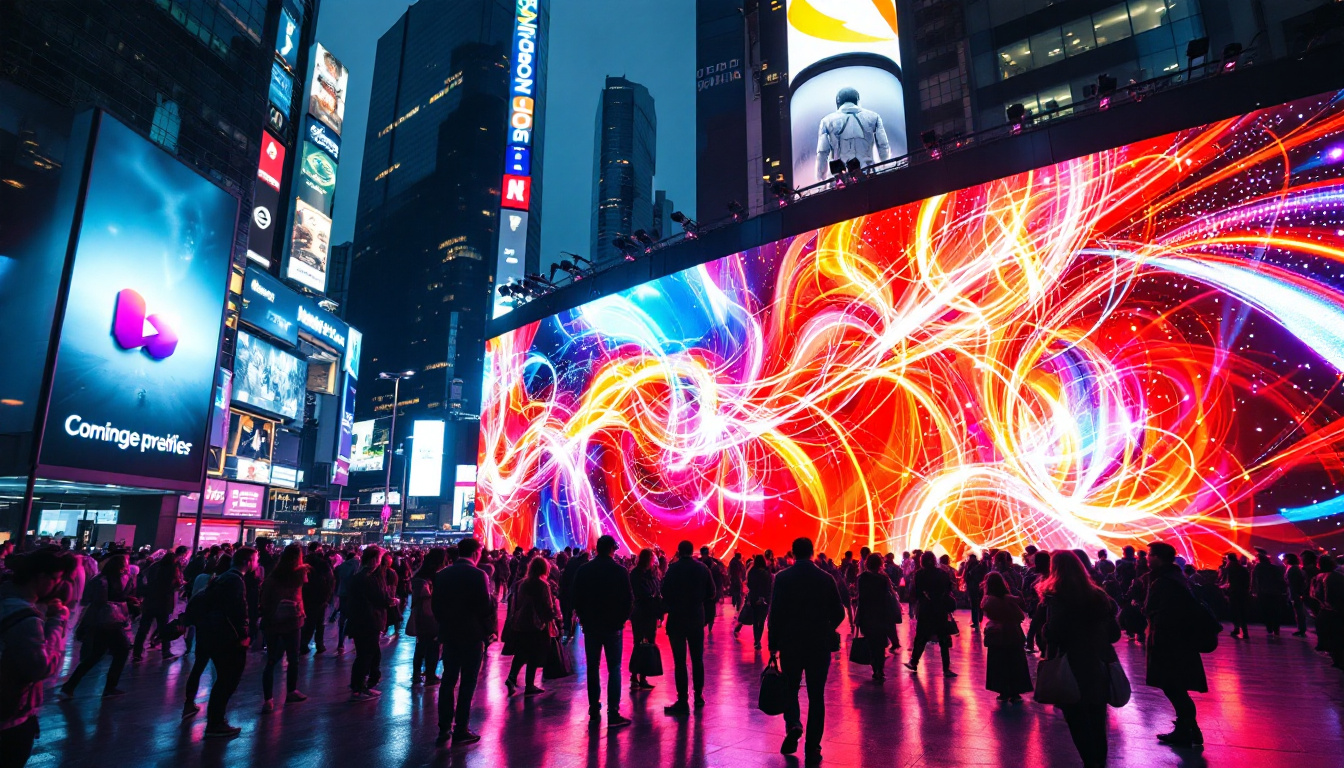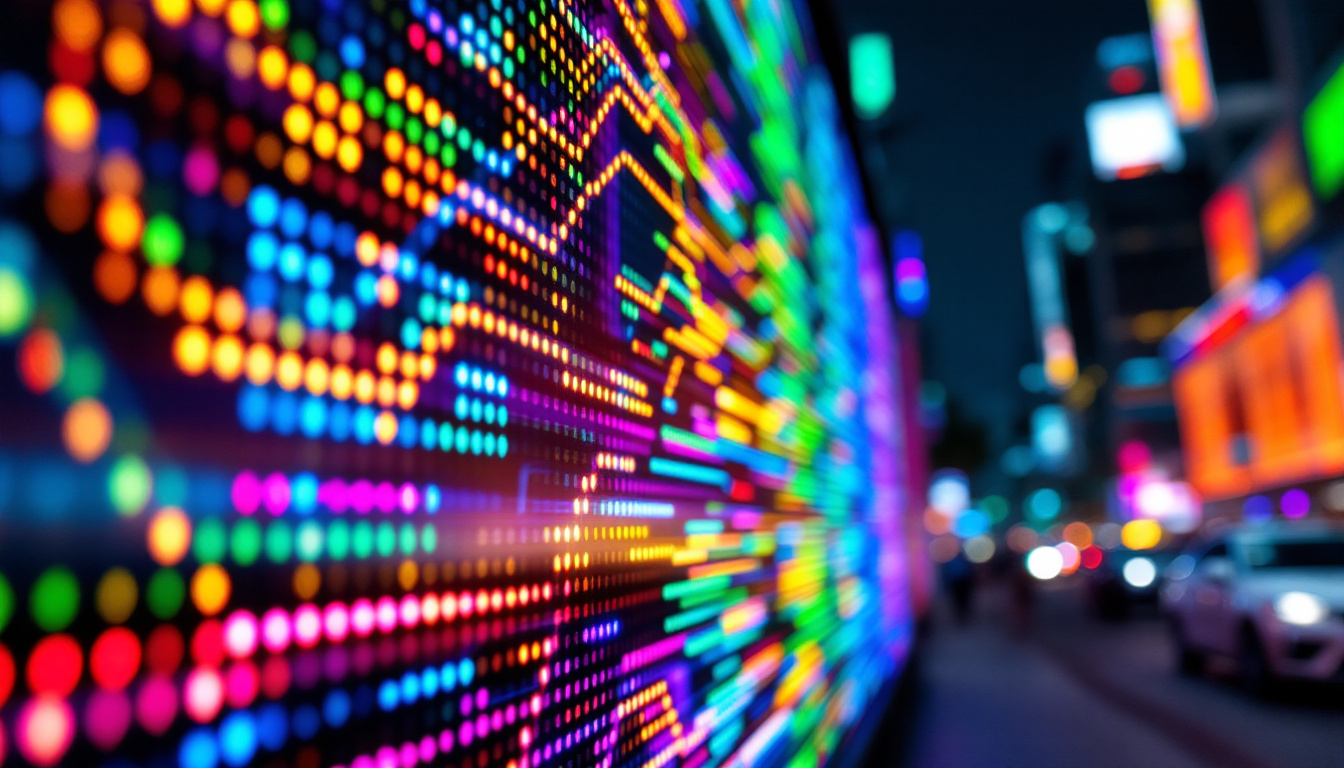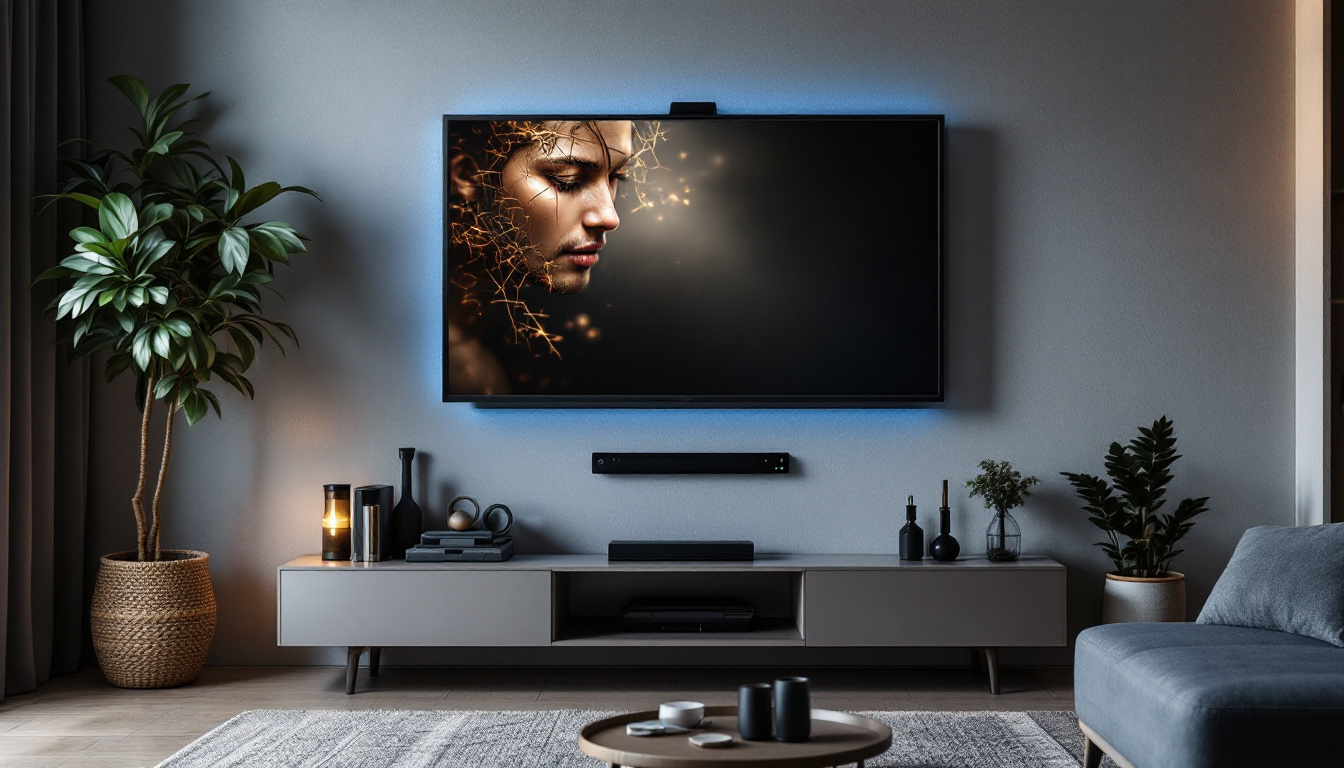In the fast-paced world of retail, effective communication with customers is crucial. One of the most impactful ways to achieve this is through digital signage, particularly LED displays. These vibrant screens not only capture attention but also convey messages in a dynamic and engaging manner. This article delves into the various aspects of retail store digital signage, focusing on LED displays, their benefits, applications, and best practices for implementation.
Understanding LED Displays
LED (Light Emitting Diode) displays have revolutionized the way information is shared in retail environments. Unlike traditional signage, LED displays offer flexibility, brightness, and clarity, making them an ideal choice for modern retail spaces. They can be used for a variety of purposes, from advertising promotions to providing essential information about products.
How LED Displays Work
LED displays consist of numerous small light-emitting diodes that work together to create images and text. These diodes can produce a wide range of colors, allowing for vibrant visuals that can easily attract customer attention. The technology behind LED displays has advanced significantly, enabling high-definition images and videos that enhance the shopping experience.
The displays can be configured in various sizes and shapes, making them versatile for different retail environments. Whether it’s a large screen in a storefront window or smaller displays within the store, LED technology can adapt to the specific needs of any retail space.
Types of LED Displays
There are several types of LED displays available for retail use, each with its unique features and applications. Understanding these types can help retailers choose the right solution for their needs.
- Indoor LED Displays: These are typically used inside stores to promote products, display sales information, or provide wayfinding assistance. They are designed to be viewed up close and often feature high resolution for clear visuals.
- Outdoor LED Displays: Built to withstand the elements, outdoor LED displays are used for advertising and promotions outside the store. They are brighter than indoor displays to ensure visibility in sunlight.
- Video Walls: Composed of multiple LED panels, video walls create a larger-than-life display that can showcase dynamic content. They are particularly effective for high-traffic areas and can be used for immersive advertising experiences.
The Benefits of LED Displays in Retail
Implementing LED displays in retail stores comes with a myriad of advantages. From enhancing customer engagement to improving operational efficiency, the benefits are substantial.
Enhanced Customer Engagement
One of the primary benefits of LED displays is their ability to engage customers effectively. Bright, colorful visuals can capture attention and draw customers into the store. Dynamic content, such as videos and animations, can convey messages more effectively than static signage, leading to increased customer interaction.
Furthermore, LED displays can be updated in real-time, allowing retailers to respond quickly to changing promotions or inventory levels. This flexibility ensures that customers are always informed about the latest offers, enhancing their shopping experience.
Cost-Effectiveness
While the initial investment in LED technology may be higher than traditional signage, the long-term cost savings can be significant. LED displays are energy-efficient, consuming less power than other lighting options. Additionally, their durability means lower maintenance costs and fewer replacements over time.
Retailers can also save on printing costs associated with traditional signage. With digital displays, content can be changed without the need for new materials, allowing for more frequent updates without incurring additional expenses.
Improved Brand Visibility
In a crowded retail environment, standing out is essential. LED displays provide an opportunity for brands to showcase their identity and offerings in a visually striking manner. By using bright colors and high-definition content, retailers can create a memorable impression on customers.
Moreover, LED displays can be strategically placed to maximize visibility, whether in-store or outside. This strategic placement can help attract foot traffic and increase brand awareness in the local community.
Applications of LED Displays in Retail
The versatility of LED displays allows them to be used in various applications within retail environments. Here are some common uses that can enhance the shopping experience.
Promotional Advertising
One of the most popular applications of LED displays is for promotional advertising. Retailers can showcase special offers, discounts, and new product launches through eye-catching visuals. The ability to change content quickly means that promotions can be tailored to specific times of the day or week, maximizing their effectiveness.
For example, a clothing store might display a “Buy One, Get One Free” offer during peak shopping hours, while showcasing new arrivals during quieter times. This adaptability ensures that the right message reaches customers when they are most likely to engage.
Wayfinding and Information
In larger retail spaces, LED displays can serve as wayfinding tools, helping customers navigate the store more efficiently. Interactive displays can guide shoppers to specific departments or highlight ongoing promotions, enhancing the overall shopping experience.
Additionally, LED displays can provide essential information such as store hours, upcoming events, and customer service contact details. This information can be crucial in improving customer satisfaction and streamlining the shopping process.
Social Media Integration
Integrating social media feeds into LED displays can create a dynamic and engaging atmosphere in retail stores. Retailers can showcase customer-generated content, such as photos and testimonials, encouraging more interaction with the brand.
This strategy not only enhances customer engagement but also builds a sense of community around the brand. Customers are more likely to share their experiences on social media when they see their content featured in-store, further promoting the retail brand.
Best Practices for Implementing LED Displays
While the benefits of LED displays are clear, successful implementation requires careful planning and execution. Here are some best practices to consider when integrating LED displays into a retail environment.
Strategic Placement
The placement of LED displays is critical to their effectiveness. Retailers should consider high-traffic areas where customers are most likely to see the displays. Entrances, checkout areas, and product displays are ideal locations for maximizing visibility.
Moreover, the height and angle of the displays should be adjusted to ensure optimal viewing. Displays placed too high or at awkward angles may not capture the attention of customers effectively.
Content Strategy
Creating a compelling content strategy is essential for making the most of LED displays. The content should be visually appealing, concise, and relevant to the target audience. High-quality images, engaging videos, and clear messaging can significantly enhance customer engagement.
Additionally, retailers should consider the frequency of content updates. Regularly changing the content keeps the displays fresh and interesting, encouraging customers to return for new information and promotions.
Monitoring and Analytics
To gauge the effectiveness of LED displays, retailers should implement monitoring and analytics tools. These tools can track customer engagement, foot traffic, and sales performance related to specific promotions displayed on the screens.
By analyzing this data, retailers can make informed decisions about future content and strategies. Understanding what resonates with customers allows for continuous improvement and optimization of the digital signage experience.
Challenges and Considerations
While LED displays offer numerous benefits, there are also challenges and considerations that retailers must address when implementing this technology.
Initial Investment
The upfront cost of LED displays can be a significant barrier for some retailers. However, it is essential to view this as a long-term investment rather than a short-term expense. The potential for increased sales and customer engagement can quickly offset the initial costs.
Retailers should also explore financing options or leasing arrangements that can make the investment more manageable. Additionally, comparing different suppliers and products can help find a solution that fits the budget without sacrificing quality.
Technical Maintenance
Like any technology, LED displays require regular maintenance to ensure optimal performance. Retailers should establish a maintenance schedule to address any technical issues promptly. This includes cleaning the screens, checking connections, and updating software as needed.
Working with a reliable vendor who offers support and maintenance services can alleviate some of the burdens associated with technical upkeep. This partnership can ensure that the displays remain functional and effective over time.
Content Management
Managing the content displayed on LED screens can be a challenge, especially for larger retailers with multiple displays. Implementing a robust content management system (CMS) can streamline this process, allowing for easy updates and scheduling of content across various displays.
Training staff on how to use the CMS effectively is also crucial. Ensuring that team members are comfortable with the technology will lead to more efficient content management and a better overall experience for customers.
The Future of LED Displays in Retail
The future of LED displays in retail looks promising, with continuous advancements in technology and design. As retailers seek innovative ways to engage customers, LED displays will play a pivotal role in shaping the shopping experience.
Integration with Augmented Reality (AR)
One exciting trend is the integration of LED displays with augmented reality (AR) technology. This combination can create immersive shopping experiences, allowing customers to visualize products in real-time. For example, a customer could see how a piece of furniture looks in their home through an AR application displayed on an LED screen.
This level of interactivity not only enhances customer engagement but also helps in decision-making, potentially leading to higher conversion rates.
Personalization and AI
As artificial intelligence (AI) continues to evolve, retailers can leverage this technology to create personalized experiences through LED displays. By analyzing customer data, retailers can tailor content to individual preferences, showcasing products that align with their interests.
This personalized approach can significantly enhance customer satisfaction and loyalty, as customers feel more connected to the brand. Implementing AI-driven content strategies will be crucial for retailers looking to stay ahead in a competitive landscape.
Sustainability Initiatives
With growing awareness of environmental issues, sustainability will play an increasingly important role in retail technology. LED displays are already more energy-efficient than traditional signage, but retailers can further enhance their sustainability efforts by incorporating eco-friendly materials and practices in their digital signage solutions.
By promoting sustainability initiatives through their LED displays, retailers can align their brand values with those of their customers, fostering a deeper connection and potentially driving sales.
Conclusion
LED displays have transformed the landscape of retail communication, offering a dynamic and engaging way to connect with customers. Their versatility, cost-effectiveness, and ability to enhance customer engagement make them an essential tool for modern retailers.
As technology continues to advance, the potential applications for LED displays will only expand, providing even more opportunities for retailers to innovate and improve the shopping experience. By understanding the benefits, applications, and best practices for implementing LED displays, retailers can position themselves for success in an ever-evolving market.
Discover LumenMatrix’s Innovative LED Solutions
Ready to elevate your retail space with cutting-edge LED display technology? LumenMatrix is at the forefront of creating immersive visual experiences that captivate customers and amplify your brand’s presence. From versatile Indoor and Outdoor LED Wall Displays to specialized solutions like Vehicle LED Displays, LED Sports Displays, and even Custom LED Displays, we have the tools to revolutionize your visual communication. Don’t miss the opportunity to engage and inspire your audience. Check out LumenMatrix LED Display Solutions today and see the difference innovation can make.

